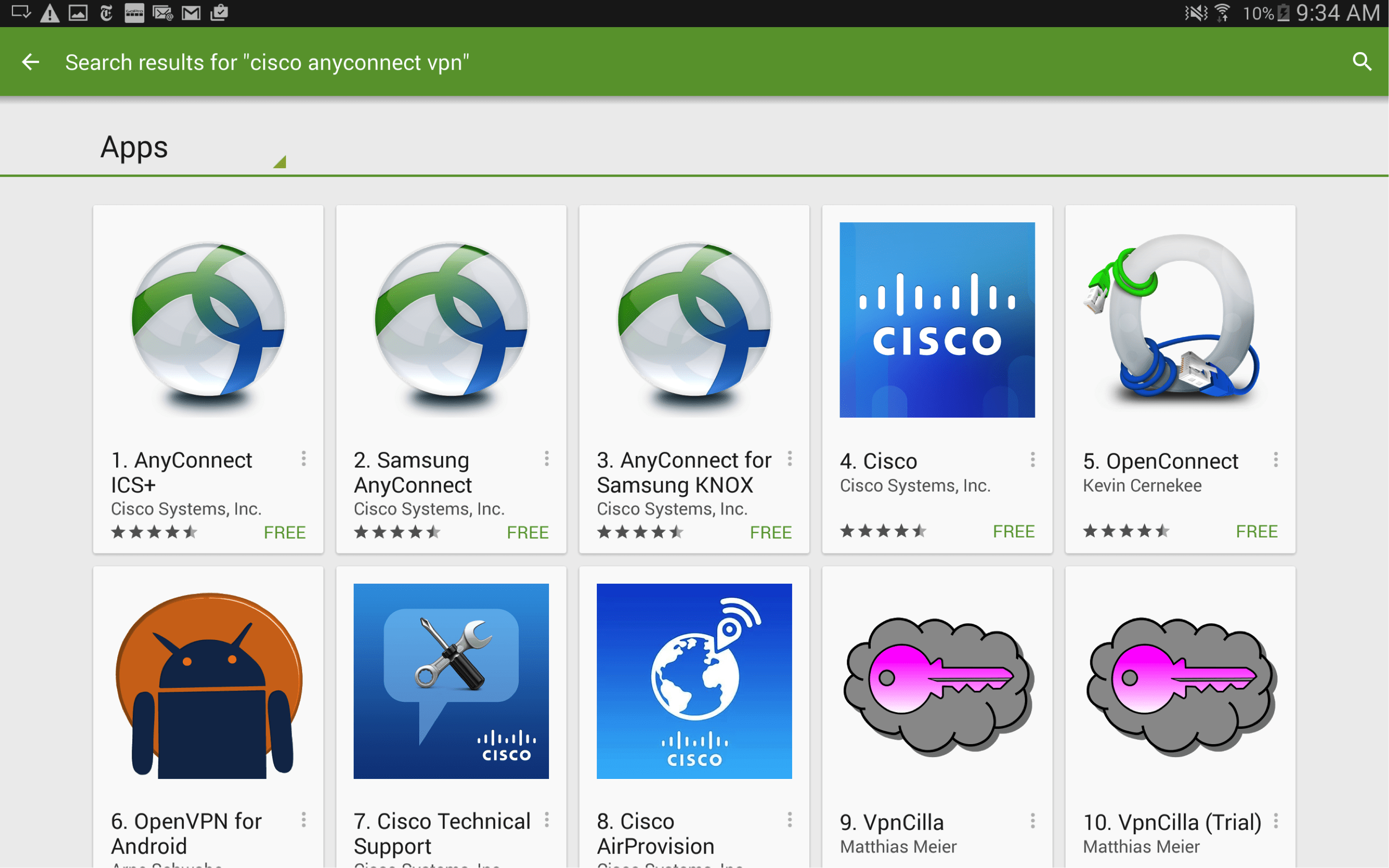Secure Remote IoT: P2P Download On Android | Step-by-Step Guide
In an era where our lives are increasingly interwoven with the digital realm, has the security of our interconnected devices become a mere suggestion or an absolute imperative? The escalating proliferation of Internet of Things (IoT) devices demands that we prioritize secure communication channels above all else.
The relentless march of technological advancement has brought forth a multitude of conveniences, yet these very innovations introduce vulnerabilities that necessitate heightened vigilance. The landscape of remote device management has undergone a transformative shift. Solutions based on peer-to-peer (P2P) technology are revolutionizing the way we interact with and control connected devices, offering not only enhanced efficiency but also bolstering the privacy of user data. The integration of P2P SSH (Secure Shell) connections, particularly within the Android ecosystem, presents a robust method for securing communications and mitigating potential security risks. This is not merely a trend; it represents a fundamental paradigm shift in the way we approach device connectivity. The ability to remotely manage devices via secure channels is no longer a luxury; it's an essential requirement for individuals, businesses, and developers alike.
Understanding the challenges associated with remote IoT connectivity, the significance of employing strong security protocols, and the practical steps for deploying and configuring P2P solutions on Android devices is paramount. This guide aims to provide clear, actionable insights, equipping you with the knowledge and tools necessary to navigate this complex landscape. Whether you are a seasoned IT professional, a dedicated developer, or simply an IoT enthusiast, the following content offers a comprehensive overview of secure IoT connections.
The increasing prevalence of smart devices and the expanding scope of interconnected systems have created an environment where secure communication is not merely advisable; it is a fundamental necessity. Sensitive information is constantly flowing through these systems, making the security of these connections of paramount importance. Neglecting this aspect can expose users and organizations to significant risks, including data breaches and unauthorized access.
The focus of this article is centered around the application of P2P (peer-to-peer) SSH (Secure Shell) methods on Android devices. This approach offers a direct, encrypted connection between devices, circumventing the need for complex configurations or intermediaries. By implementing P2P SSH, one can establish a robust, secure connection that ensures data privacy and integrity. We will explore the benefits of this approach, examine the practical steps involved in implementation, and discuss the best practices that should be followed to ensure optimal security.
The Significance of P2P SSH
Traditional approaches to remote device connectivity often rely on centralized servers or cloud-based intermediaries. While these methods can be functional, they inherently introduce potential vulnerabilities. Intermediaries can serve as single points of failure and, if compromised, can expose sensitive data to unauthorized access. P2P SSH, on the other hand, offers a more secure and efficient solution. By establishing direct, encrypted connections between devices, it bypasses the need for these intermediaries, reducing the attack surface and enhancing data privacy. This also leads to faster communication and improved overall performance.
P2P SSH establishes a secure channel for data transmission. By leveraging strong encryption algorithms, the data transmitted between devices is protected from eavesdropping and tampering. This encrypted connection ensures the confidentiality and integrity of the information. Furthermore, P2P SSH allows for secure device management and remote access, making it possible to remotely control and monitor devices from anywhere in the world. This functionality is crucial for a wide variety of applications, including home automation, industrial control systems, and remote monitoring of critical infrastructure.
Challenges of Remote IoT Connectivity
While the benefits of remote IoT connectivity are numerous, several challenges must be addressed to ensure its secure and reliable operation. One of the primary challenges is securing communication channels. As mentioned, the open nature of the internet makes data vulnerable to various threats, including eavesdropping, man-in-the-middle attacks, and unauthorized access. Implementing strong encryption protocols, such as SSH, is essential to mitigate these risks.
Another challenge is managing and authenticating devices. As the number of IoT devices grows, it can become increasingly difficult to manage and authenticate them securely. Each device needs a unique identity and secure method of authentication to ensure that only authorized devices can access the network. Implementing robust identity management systems, such as digital certificates and two-factor authentication, is crucial in addressing this challenge.
Furthermore, the heterogeneity of IoT devices presents a challenge. IoT devices are often produced by different manufacturers and use various operating systems and communication protocols. This diversity can make it difficult to ensure interoperability and secure communication across different devices. Standardizing protocols and adopting open standards can help to address this challenge.
The Importance of Security Protocols
The implementation of robust security protocols is not optional in today's connected world; it is absolutely essential. Failing to prioritize security can lead to catastrophic consequences, including data breaches, financial losses, and reputational damage. Security protocols provide the foundation for secure communication and protect against a wide range of threats.
Encryption is a fundamental security protocol. It involves scrambling data to make it unreadable to unauthorized parties. Encryption protocols like SSH use sophisticated algorithms to ensure data confidentiality. Authentication is another critical security protocol. It ensures that only authorized devices or users can access the network or specific resources. Authentication protocols like two-factor authentication and digital certificates help to verify the identity of devices and users. In addition to encryption and authentication, access control is also critical.
Access control protocols manage the permissions of different users and devices on the network, determining which resources they can access and the actions they are permitted to perform. This helps to limit the potential damage that can be caused by a compromised device or user. Regular security audits and updates are also essential. Security audits help to identify vulnerabilities and ensure that security protocols are implemented correctly. Timely updates address identified vulnerabilities and protect against emerging threats. Implementing and maintaining security protocols is not a one-time task; it is a continuous process that requires ongoing vigilance and adaptation.
How to Download and Configure P2P Solutions for Android
Downloading and configuring a P2P SSH solution on your Android device is a relatively straightforward process. The first step is to locate a suitable application. The Google Play Store is the primary source for Android applications. Open the Google Play Store app on your smartphone. In the search bar, type "remoteiot p2p download android" or a similar search query to find relevant applications. Once you've identified a suitable application, tap on the "Install" button. The application will download and install automatically. Upon successful installation, open the application. You may be prompted to grant permissions, such as network access, storage access, or location access. Carefully review the permissions requested by the application and grant only those necessary for it to function properly.
Once the application is installed, you will need to configure it. The configuration process varies depending on the specific application you have chosen. The application may prompt you to create an account or log in. The steps for creating an account or logging in will depend on the application and its specific requirements. Upon logging in, the application should present a user interface that enables you to configure the connections. This may involve specifying the IP address of the remote device, the port number, and the authentication credentials. Once you've configured the connection settings, you can initiate the connection. The exact steps may vary depending on the application you are using, but usually involve a button or option to initiate the connection.
Security Best Practices
To ensure the security of your P2P SSH connections on your Android device, several best practices should be followed. Start by creating strong, unique passwords for your accounts and devices. Avoid using easily guessable passwords, such as personal information or common words. Regularly update the application to the latest version. Software updates often include security patches that address vulnerabilities. Enable two-factor authentication (2FA) where available. 2FA provides an additional layer of security by requiring a verification code from a separate device or application. Limit the number of devices connected to your network. The more devices connected to your network, the greater the potential attack surface.
Be sure to monitor network traffic and log activity. Regular monitoring can help identify suspicious activity or potential security breaches. Always download applications from trusted sources. Avoid downloading applications from unknown or untrusted sources, as these could contain malware. Keep your Android operating system up to date. Operating system updates often include security patches. Back up your data regularly. Backing up your data ensures that you can recover it in the event of a security breach or data loss. Consider using a virtual private network (VPN). A VPN encrypts your internet traffic and can enhance your privacy and security. Implementing these best practices can significantly improve the security of your P2P SSH connections on your Android device.
The Future of Secure IoT Connectivity
The future of secure IoT connectivity will likely involve several key developments. Firstly, advancements in encryption technology will continue to strengthen data protection. Quantum computing poses a threat to current encryption methods. Researchers are actively developing quantum-resistant encryption algorithms to protect against this threat. Secondly, the use of artificial intelligence (AI) and machine learning (ML) will play an increasingly important role in threat detection and prevention. AI and ML algorithms can analyze network traffic to identify malicious activity and respond to potential security threats in real time. Thirdly, the standardization of security protocols and interoperability will become increasingly important. Standardized protocols will promote secure communication across different devices and platforms. Fourthly, the adoption of blockchain technology may offer new avenues for securing IoT devices. Blockchain's distributed and immutable nature can enhance device authentication and data integrity. Finally, as the world becomes more and more connected, secure IoT connectivity will become a mainstream practice, deeply integrated into our daily lives.



